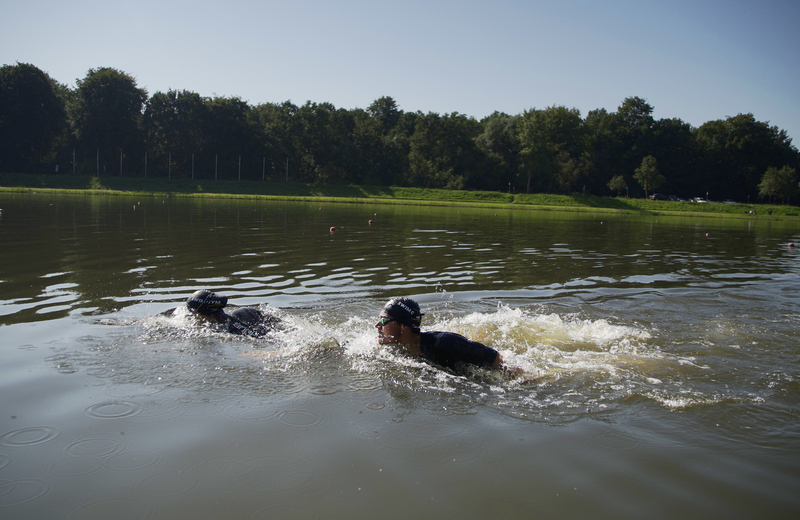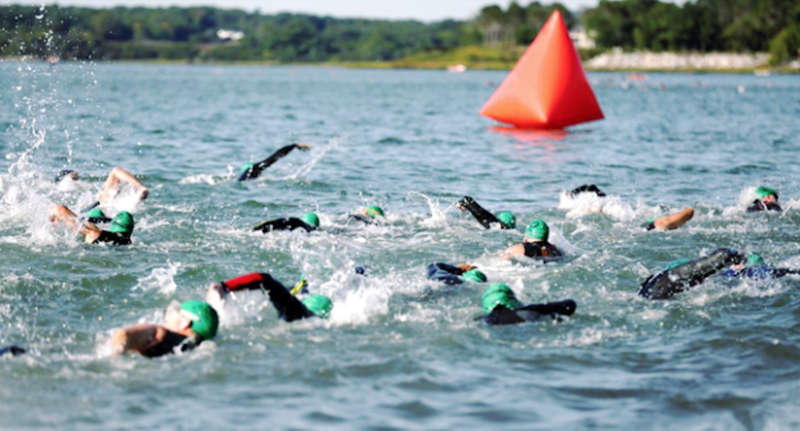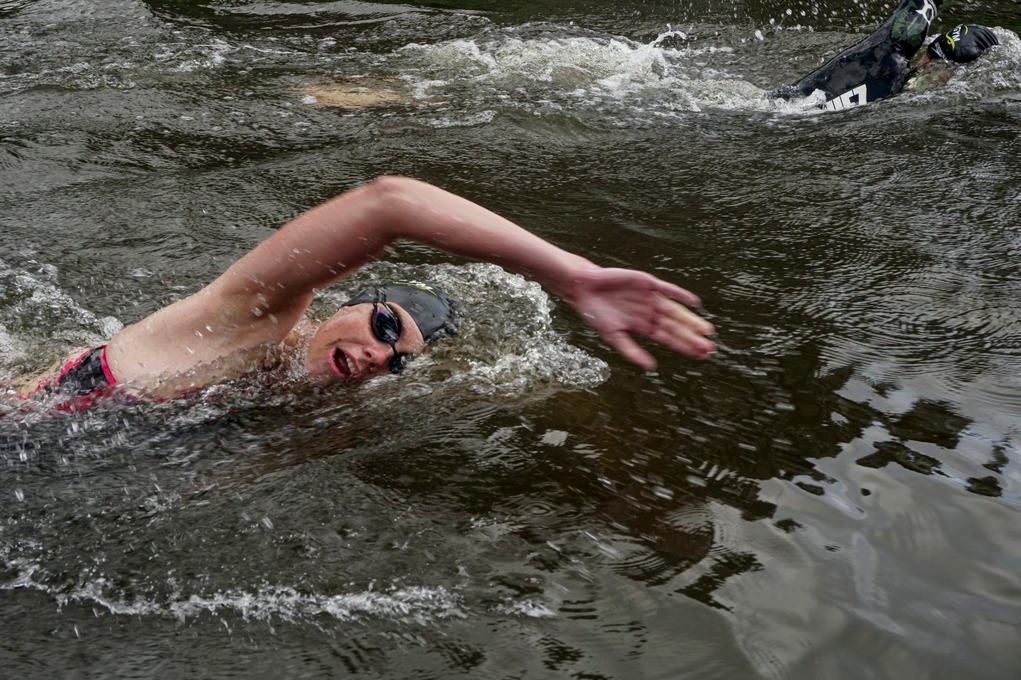Swimming blog - 5 Open Water Skills Every Triathlete Should Practice
What do you think are the most important open water skills: the catch, the recovery or head position? These are important skills whether you are swimming in pools or in open water. But no, we are talking about other skills. Open water swimming is not the same as in a pool – be under no illusion. Want to know which skills will help you become adaptable to the changing conditions of open water? Read on to find the five most important ones.

Managing Anxiety
Don’t let your mind get the better of you. Yes, the water will be dark and you won’t be able to see the bottom. Fishes and other creatures will be in the water, but that doesn’t mean you should let your mind get the better of you and think that Jaws is about to gobble you up. Keep breathing. That is key.
Have a mantra close to mind that is short and soothing and easy to repeat, like “I am strong.” You can also break the swim up into blocks of say 50 strokes and commit to swimming to a certain buoy or marker. Swim with friends will also keep you safe and the anxiety manageable. Just remember that some of the best swimmers also have open water anxiety. You are not alone and expressing this anxiety will help alleviating it.
Swimming Straight
Because you cannot see the bottom and have no lane lines, orientation is difficult in Open water swimming. On average, Open water swimmer’s swim 10-15% more than the race distance because they swim skew. Swimming straight saves time and energy. It is the most valuable skill you can practice

You swim straight by sighting, having a balanced stroke and not being a sheep. You sight by picking your head up to look forward. This movement and timing need regular practice. The most common mistake is lifting the whole face out of the water and trying to breathe and sight at the same time. One way to get a mouth full of water. Good sighting technique is lifting just your eyes out of the water and then rolling your head to the side to breathe. Sight off large immovable objects on the shore or buoys in the water which are easy to spot.
In addition, learning to breathe bilaterally -to both sides- will help you to have a balanced stroke and swim straighter. Just because the guy or girl you are following in the water looks like a pro, doesn’t necessarily mean that they are. Always check you are going in the right direction and don’t be the sheep.
Drafting
If sighting can save up to 20% energy by swimming straight, drafting will save you up to 40%. Drafting is swimming directly behind or to the side – in the wake – of a faster swimmer.

Drafting means swimming really close to someone else. This takes practice and will feel awkward at first. Done correctly you will feel as if you are swimming really easy and slow, just like on a bike when drafting. Inexperienced swimmers stay away from drafting because they feel its too unsafe or antisocial to draft off another swimmer. Well, it’s not - and better yet - it is good open water technique. Pool rules are not open water rules.
With drafting you'll use the speed of a faster swimmer to your own advantage and not a moment for un-sportsman like behaviour; so don’t pull, yank, punch or roll over other swimmers.
Clearing goggles
You may need to clear your goggles for a number of reasons: they have fogged up; you have water in them or they may have been dislodged. The key is to stay calm and not worry about what Strava will say about your clearing your goggles on your average speed.
Instead of stopping to clear your goggles vertically, turn to your back and start kicking horizontally. This will allow you to use both hands to lift up the goggles, clear the water or fog and place them back properly without losing your body position. Turn your back to the stomach and continue your swim.
Rounding The Buoy
Those brightly coloured floating oblongs on race day are the buoys that demarcate the swimming course. Make sure you look at the swim course online to get a feel for what to expect and which direction you will be swimming.

There will be a lot of swimmers coming to round the buoy, so get ahead or out of the way. If you can be the first person of your group to the buoy, then do it with a short burst of speed. If not then swim with a wider birth to avoid the washing machine of bodies cramming around the buoy.
Practice the corkscrew roll when rounding a buoy. See how to at Swimgym.com.This will allow you to make a 90 degree turn and be on your way, away from the others. The last thing about rounding the buoy is get your bearing straight away by sighting on the next buoy and start swimming towards it. Don’t dilly- dally and you might drop a few of your fellow competitors.
As you can see the most important open water skill is being adaptable. Having the ability to change your stroke depending on the conditions and course. Practicing these skills will give you that adaptability and resilience to face any open water challenge.
